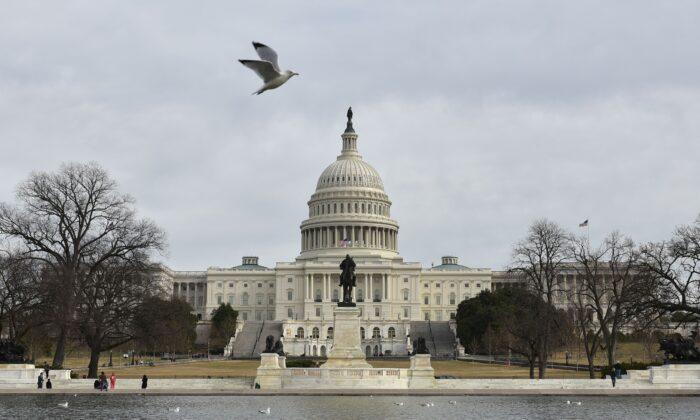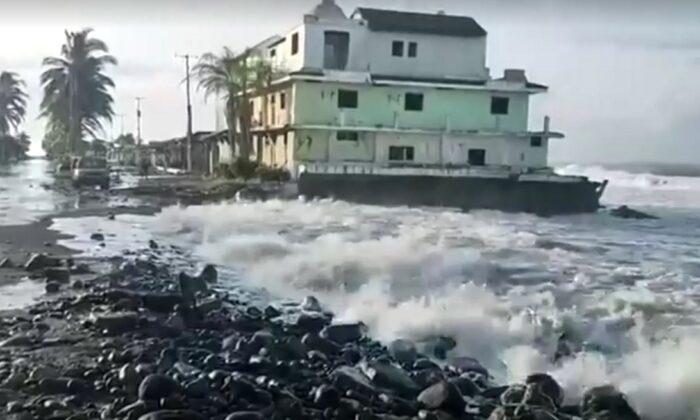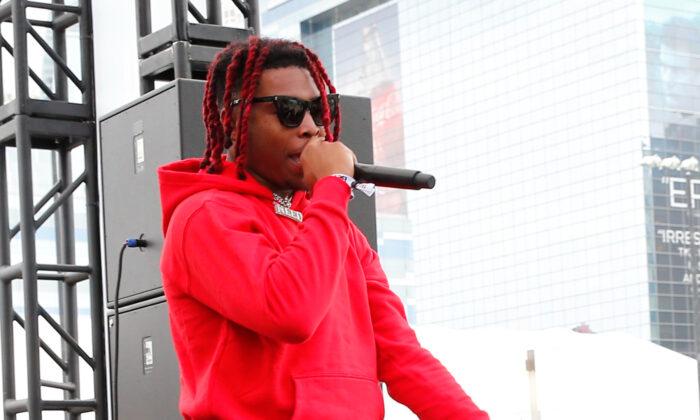The U.S. House of Representatives will vote to send an additional $310 billion to the Small Business Administration’s emergency lending program, kicking off the second run at a program that faced glitches, hurdles, problems, and public outcry in its initial rollout.
Bottom Line
There is a tension with this program akin to what most rescue programs face—how do you kick as much money out the door as possible, as quickly as possible, while ensuring only the small businesses that truly need the money, get it? The dozens of public companies, some of which appeared to have clear pathways to more traditional financing, who received loans in the first tranche make clear the balance between those two sides wasn’t right the first time around. Officials, through public shaming and a new set of guidelines, will attempt to shift that starting Thursday.The Changes to the Program
There weren’t many. Well, there weren’t any in terms of how the program is constructed. But lawmakers did include a new set aside of $60 billion that is designed to get money to smaller lenders, lenders with connections to minority-owned small businesses, or those with limited or no bank relationships. The inclusion of Community Development Financial Institutions, which traditionally aren’t SBA lenders, in this set-aside, is specifically designed to help minority and underbanked small businesses.The Numbers
Treasury and the Small Business Administration have made a big point of the fact 74 percent of the loans approved in the first tranche was for $150,000 or less—and that’s no small thing given that made up 1.2 million loans. But flip the data a bit, and you get a better sense of the actual distribution of the money.The Outstanding Issue
The Small Business Administration is still working through exactly how to separate that $60 billion it guaranteed to smaller lenders, according to industry sources.Those sources say that if there is a separate portal, that could force some banks that have been entering application information waiting for the program to get flush with cash again, to start over. And, it could create hiccups once again for lenders who have to use another portal.
What Else to Keep an Eye on
The Treasury Department released on Thursday morning new guidelines for participants in the program designed to, in the words of one official, “disincentivize” larger public companies that may qualify for the program from applying.The guidelines make clear that the certification of economic harm required for each application must take into account a company’s ability to secure financing through more traditional means. It also gives any company that believes it erred in applying for and receiving a Payment Protection Program loan, the opportunity to repay it in full by May 7.
Putting This on the Radar
Senate Majority Leader Mitch McConnell’s remarks about funding for state and local governments yesterday underscored just how deep the policy divide is between some congressional Republicans and their Democratic colleagues. But McConnell is also in a different place than some of his members.CNN’s Cristina Alesci, who is following this closely, sends this along as well: Earlier in the day, state budget officers from both blue and red states, wrote a pointed letter to Trump and Congress, pleading for federal aid.
“Given the sudden, severe, and unprecedented nature of this crisis and its economic impacts ... states will still be forced to cut essential services in order to balance their budgets,” wrote the National Association of State Budget Officers (NASBO) in the letter.
New York Gov. Andrew Cuomo, a Democrat who has been seeking federal aid for weeks now, called McConnell’s statement “political repugnant.”
The Other Rescue Program
One of the toughest pieces of the stimulus package to negotiate was the Main Street Lending Program. It was that $600 billion program that was run out of the Federal Reserve aimed at helping medium to large businesses. It is, without question, a central component of the full rescue package, but it hasn’t launched yet.Somewhat stunningly, according to one congressional aide, it could still take two or more weeks to launch.
Where Things Currently Stand
Guidance in early April made it clear that while the Fed will take on 95 percent of the risk, lenders will be on the hook for the other 5 percent. That, according to one congressional aide familiar with the program, could be problematic for lenders who aren’t interested in taking on more risk right now.Remember, during the Payment Protection Program, many banks were worried about approving loan applications early on. Some banks sat on the sidelines until they had clearer guidance from Treasury. Those were for loans that were 100 percent government guaranteed. Now, you are talking about far larger loans in which banks will have to take their portion of the risk. And, everything about this program is going to be scrutinized because of the Congressional Oversight Commission—that five-person panel—that has broad jurisdiction to scrutinize the program in addition to the other oversight panels.




